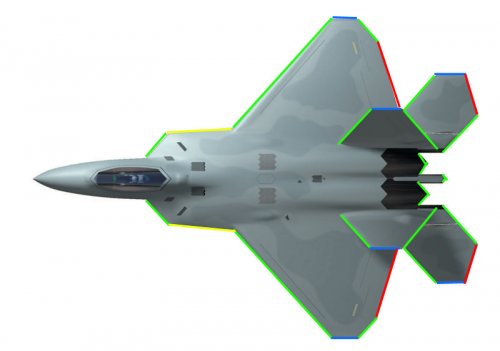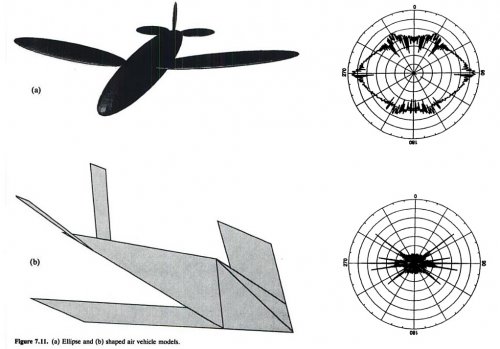Spring
ACCESS: Confidential
- Joined
- 4 June 2008
- Messages
- 92
- Reaction score
- 4
There are different kind of radars, which work on different principies
There is not such thing as "magic stealth", in which you will be detected when is too late...no, not in the real world
The B-2 was designed as a penetrator with stealth on mind...later they fit a terrain following radar on it....try to guess why
About the F-22 and the program itself, well, after 8 years of corporative advertising somewhat supported by a friendly administration, we are looking the facts, i will not say the F-22 was a failure, but it was not a success, not because polititians, but because the program
Ok, lets check the facts
1-ATF program, design chosen and tested very different with the original model wanted by the USAF
2-ATF testing, a joke itself, no 9gs achieved, no supercruiser (max. M1.2 supercruiser, with max AB velocity of M1.6), no inflight RCS testing
3-F-22 chosen, some requirements lowered to met the especifications of the program, the raptor get 5-6 tons of overweight due structural issues, supercruiser failed, just the mythic stealth keept, and nobody knows if the requirement was meet
4-F-22 on service, a nightmare for maintenance, a lot of issues, blaming again..the mythic stealthy proprties, which again, can't be confirmed..while on excersices the raptor has performed somewhat good with readiness numbers, but for overall it readiness is only 60%..stealth maintenace?, i don't think so..
After all these problems, i'm not that surprised the USAF is not asking for more
There is not such thing as "magic stealth", in which you will be detected when is too late...no, not in the real world
The B-2 was designed as a penetrator with stealth on mind...later they fit a terrain following radar on it....try to guess why
About the F-22 and the program itself, well, after 8 years of corporative advertising somewhat supported by a friendly administration, we are looking the facts, i will not say the F-22 was a failure, but it was not a success, not because polititians, but because the program
Ok, lets check the facts
1-ATF program, design chosen and tested very different with the original model wanted by the USAF
2-ATF testing, a joke itself, no 9gs achieved, no supercruiser (max. M1.2 supercruiser, with max AB velocity of M1.6), no inflight RCS testing
3-F-22 chosen, some requirements lowered to met the especifications of the program, the raptor get 5-6 tons of overweight due structural issues, supercruiser failed, just the mythic stealth keept, and nobody knows if the requirement was meet
4-F-22 on service, a nightmare for maintenance, a lot of issues, blaming again..the mythic stealthy proprties, which again, can't be confirmed..while on excersices the raptor has performed somewhat good with readiness numbers, but for overall it readiness is only 60%..stealth maintenace?, i don't think so..
After all these problems, i'm not that surprised the USAF is not asking for more


